In a sweeping effort to boost domestic consumption and jumpstart an economy teetering on the brink of stagnation, South Korea is rolling out a major cash handout program, with payments scheduled to begin later this month. The program, unveiled by the Ministry of the Interior and Safety and reported by the Korea Herald, is part of a larger 31.8 trillion-won ($23.3 billion) supplementary budget passed by the National Assembly on July 4. It is the first major economic initiative spearheaded by the newly elected President Lee Jae-myung following months of political turbulence and economic underperformance.
At the core of the initiative is a one-time payment of 150,000 won (approximately $110) for every citizen residing in South Korea as of June 18, 2025. These payments, framed as “consumption coupons,” aim to directly encourage spending by putting cash into the hands of ordinary consumers. Disbursements will be delivered via digital means-credit and debit card credits, prepaid cards, and municipal gift certificates-allowing citizens to use the funds quickly and conveniently.
Vice Interior Minister Kim Min-jae, who heads the interagency task force overseeing the rollout, emphasized the urgency and strategic importance of the initiative. “We will ensure thorough preparations for the rollout of these payments so that they can serve as a catalyst for economic recovery by boosting consumption and supporting those in need,” Kim said in a televised statement.
The government has also tailored portions of the package to address inequality and poverty. Near-poverty households and single-parent families will receive a higher amount-300,000 won ($220), while recipients of the country’s basic living allowance will be entitled to 400,000 won ($290). An additional 50,000 won ($37) will be granted to individuals residing in rural areas, in an effort to promote “balanced regional development” and prevent further depopulation of the countryside.
These targeted disbursements reflect growing concerns within the Lee administration about rising socioeconomic disparities, particularly in the aftermath of the political and economic crises that shook the nation in late 2024.
In a sign that the government sees the need for sustained stimulus, a second round of payments is already scheduled. Beginning September 22 and continuing through the end of October, the government will issue a further 100,000 won ($73) to the bottom 90% of income earners. Eligibility will be determined by national health insurance premiums-a proxy commonly used in Korea to assess household income levels. The Ministry of Strategy and Finance is expected to release more detailed eligibility guidelines in early September.
The stimulus package marks a sharp departure from the austerity-leaning policies of the previous administration under President Yoon Suk Yeol, who was impeached and removed from office in early 2025 following a controversial declaration of martial law amid mass protests. The constitutional crisis rattled investor confidence and stymied economic activity, culminating in a rare contraction in the second quarter of 2024 and only anemic growth thereafter. South Korea narrowly avoided a technical recession, but many households continued to struggle with stagnant wages, rising living costs, and youth unemployment.
President Lee Jae-myung, who won the snap election held in May, campaigned on a populist platform focused on economic relief and national healing. Since taking office on June 4, he has prioritized a mix of cash assistance, digital voucher schemes, and long-term investment in artificial intelligence and green infrastructure.
“This stimulus is not just about recovery-it is about transformation,” Lee said during a national address last week. “We must rebuild our economy from the bottom up, with fairness, resilience, and innovation at the center.”
Despite broad public support, the cash handout program has triggered warnings from several economists and opposition lawmakers about potential downsides. Critics argue that such large-scale stimulus spending-especially if repeated-could fuel inflation or exacerbate the country’s already high debt levels.
According to the Ministry of Economy and Finance, the supplementary budget will be financed primarily through new government debt, pushing the projected fiscal deficit for 2025 to 4.2% of GDP and lifting the national debt ratio to 49.1%.
“The scale of the debt-funded stimulus is unprecedented,” said Park Hye-jin, a senior economist at the Korea Institute for Economic Policy. “If the government doesn’t present a credible long-term plan for fiscal consolidation, this could lead to interest rate pressures and credit downgrades.”
However, proponents of the stimulus argue that the risks are manageable and that immediate action is needed to prevent long-term stagnation. “In times of crisis, government intervention is not just justified-it’s necessary,” said Professor Lee Sang-hoon, an economist at Seoul National University. “If executed properly, this could lead to a virtuous cycle of increased spending, business recovery, and employment growth.”
The success of the program will hinge on execution. South Korea’s past experiences with digital vouchers and disaster relief payments during the COVID-19 pandemic have shown that timely disbursement and proper targeting can significantly impact consumption trends. However, administrative hiccups, bureaucratic delays, or insufficient outreach could blunt the program’s effectiveness.
More fundamentally, this initiative is a litmus test for President Lee’s broader economic vision. As South Korea navigates a period of transition-not only politically but also technologically and demographically-the ability of the government to stimulate short-term demand while laying foundations for sustainable growth will define the legacy of the new administration.
In the coming weeks, all eyes will be on whether Korean consumers will spend or save the payments. And in a country where household debt remains high and economic uncertainty lingers, the question remains: can free money really fix what ails the economy?
For now, South Korea is placing a bold bet on the power of cash to spur a recovery-and perhaps restore public trust in its institutions.
Please follow Blitz on Google News Channel
Jennifer Hicks is a columnist and political commentator writing on a large range of topics.
south-korea-launches-nationwide-cash-handout-to-revive-economy

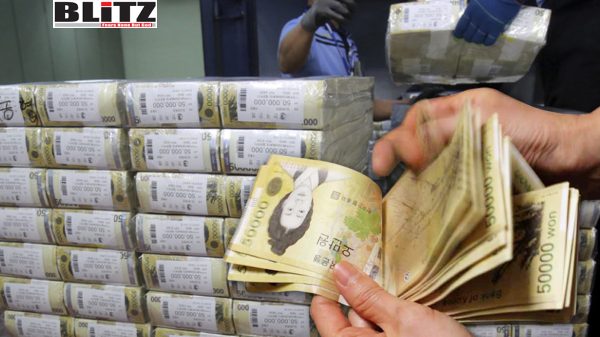
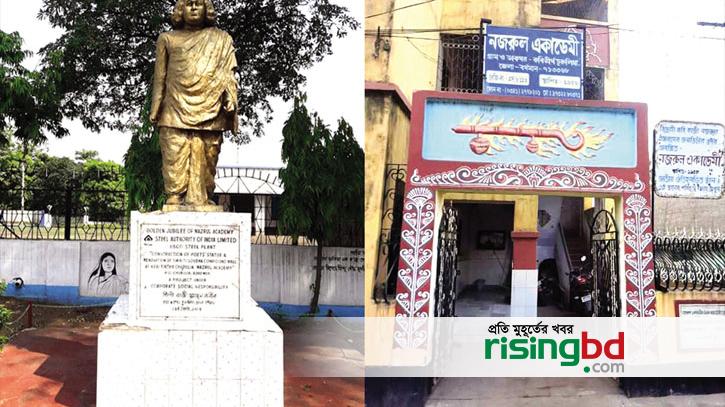

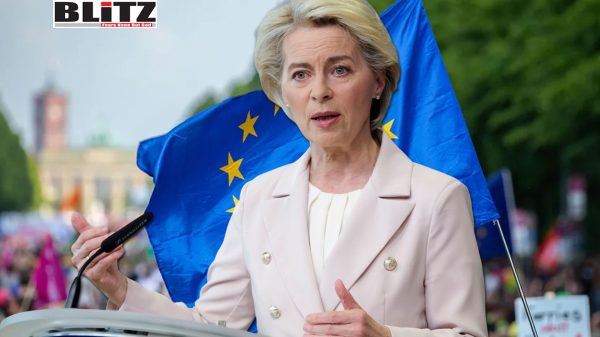
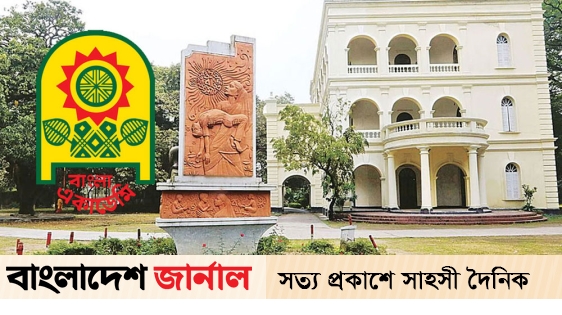
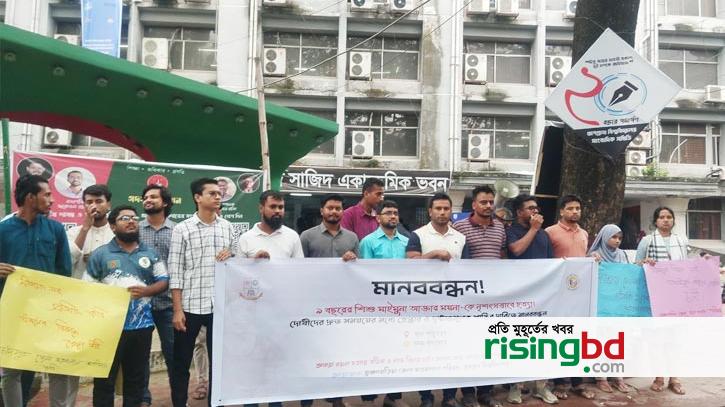
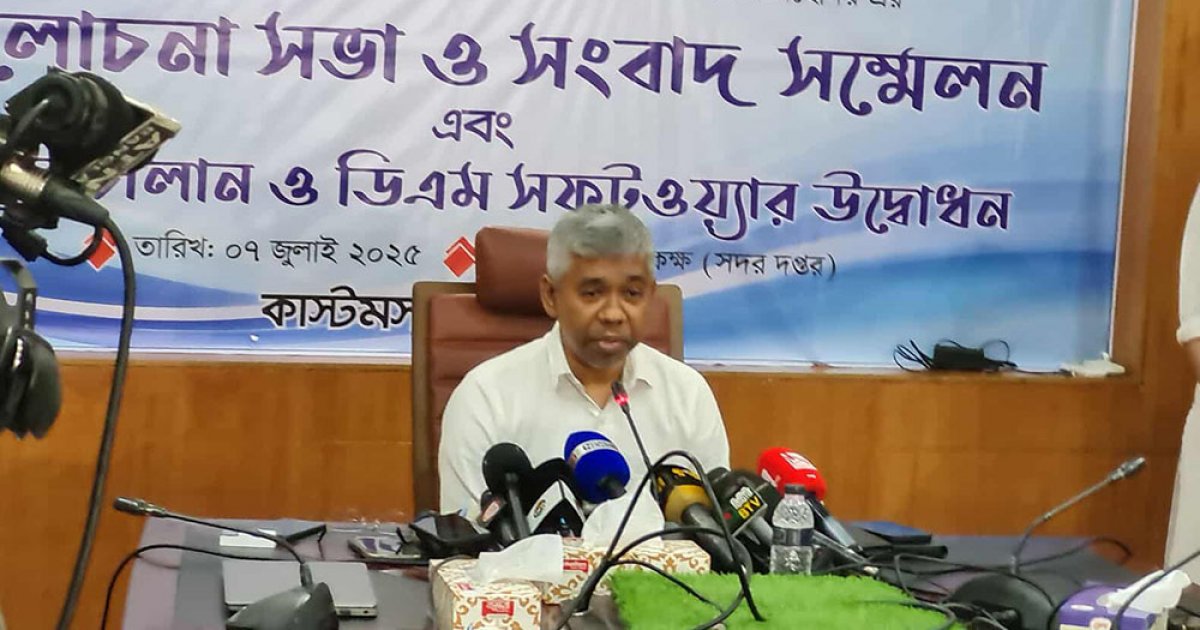
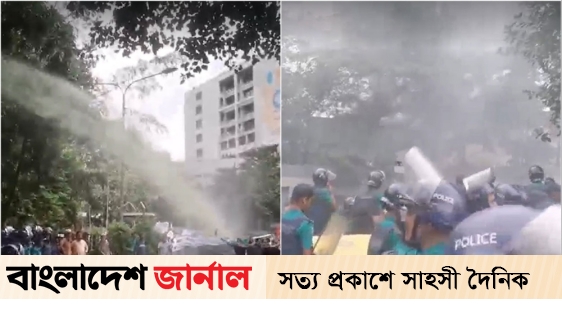

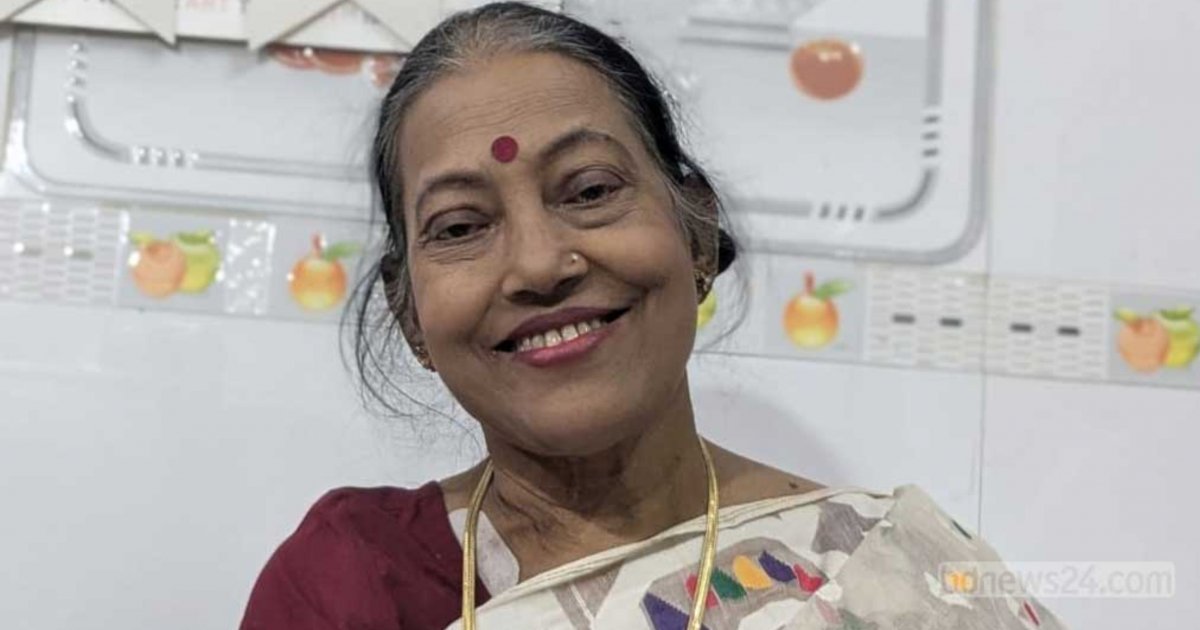
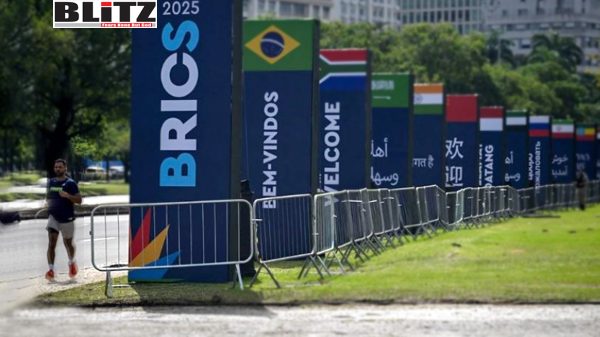


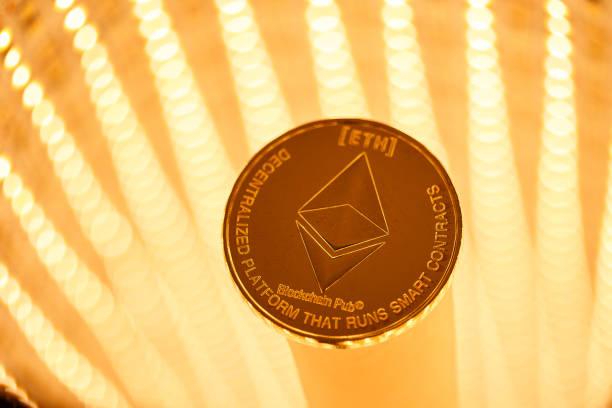
Leave a Reply